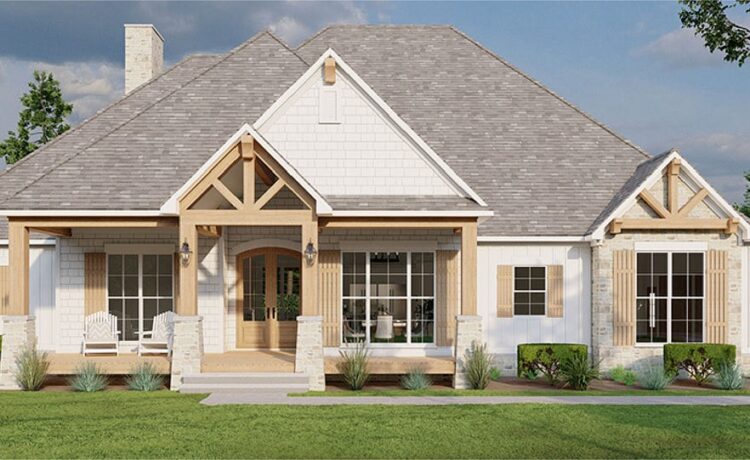Building or renovating a home in Melbourne is an exciting but challenging process, especially when it comes to choosing the right house plans. While pre-designed house plans offer convenience and cost savings, they may not always meet your family’s specific needs and preferences. Fortunately, there are several ways to modify house plans in Melbourne to tailor them to your requirements. This article explores how you can modify house plans to suit your family’s needs and preferences in Melbourne.
1. Identify Your Needs and Priorities
Before modifying house plans, it’s essential to identify your family’s needs and priorities. Consider factors such as the number of bedrooms and bathrooms required, the size of the living spaces, the layout of the kitchen and dining areas, and any specific features or amenities you desire. Understanding your needs will help you make informed decisions when modifying house plans.
2. Work with a Professional Designer or Architect
Modifying house plans requires expertise in design and construction. Consider working with a professional designer or architect in Melbourne who can help you modify the plans to suit your needs. A professional can provide valuable insights and advice on how to optimise the design for functionality, aesthetics, and cost-effectiveness.
3. Determine the Scope of Modifications
Before making any modifications, determine the scope of changes you want to make to the house plans. Decide whether you need to add extra rooms, change the layout of existing spaces, or incorporate specific design elements. Clearly defining the scope of modifications will help you stay focused and avoid unnecessary changes that could impact the overall design and cost.
4. Consider Structural Changes
When modifying house plans, consider the structural implications of your changes. Adding or removing walls, changing the roofline, or altering the foundation can significantly impact the structural integrity of the building. Consult with a structural engineer in Melbourne to ensure that your modifications are feasible and comply with building codes and regulations.
5. Focus on Functional Spaces
When modifying house plans, focus on creating functional spaces that meet your family’s needs. Consider the flow of traffic within the home, the placement of rooms for privacy and convenience, and the integration of indoor and outdoor living spaces. Pay attention to details such as storage space, lighting, and ventilation to enhance the usability and comfort of your home.
6. Incorporate Energy-Efficient Features
Incorporating energy-efficient features into your modified house plans can help reduce your home’s environmental impact and lower your utility bills. Consider installing energy-efficient appliances, lighting, and heating and cooling systems. Also, consider using sustainable materials and design techniques to maximise energy efficiency.
7. Budget Considerations
Modifying house plans can impact your budget, so it’s essential to consider the cost implications of your modifications. Work with your designer or architect to develop a realistic budget that takes into account the cost of materials, labour, and any unforeseen expenses. Be prepared to make trade-offs to stay within your budget while still achieving your desired modifications.
Conclusion
Modifying house plans to suit your family’s needs and preferences in Melbourne requires careful planning and consideration. By identifying your needs, working with a professional designer or architect, determining the scope of modifications, considering structural changes, focusing on functional spaces, incorporating energy-efficient features, and budgeting wisely, you can create a home that meets your family’s needs and reflects your lifestyle and preferences.













